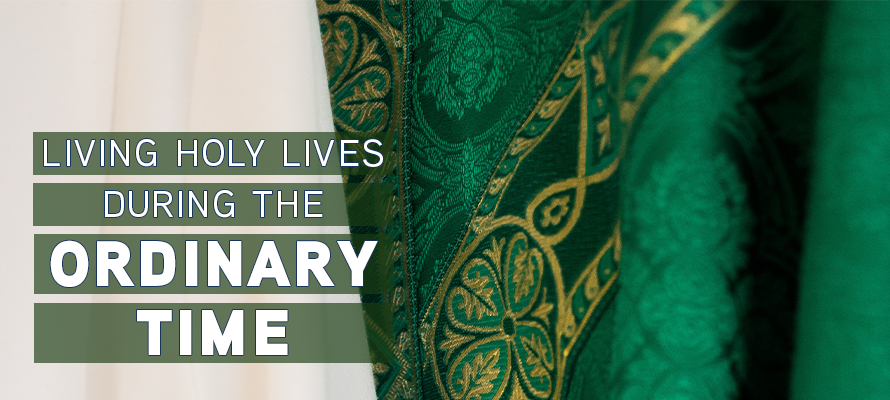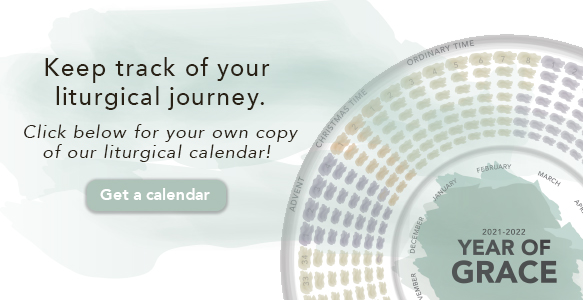
The longest, and often most misunderstood, liturgical season is that of Ordinary Time. Ordinary, in this sense, comes from the Latin word ordinalis, meaning “numbered.” The weeks of Ordinary Time are numbered through 33 or 34 (depending on the year and how the moveable feasts fall).
There are two distinct periods of Ordinary Time that were once separated and named for different seasons. The first occurs between Epiphany and Lent, and the second between Pentecost and Advent.
As the encyclical Mediator Dei (On the Sacred Liturgy) was written prior to the changes in the Church calendar, Pope Pius XII wrote thusly:
- At the solemnity of the Epiphany, in putting before us the call of the Gentiles to the Christian faith, she wishes us daily to give thanks to the Lord for such a blessing; she wishes us to seek with lively faith the living and true God, to penetrate deeply and religiously the things of heaven, to love silence and meditation in order to perceive and grasp more easily heavenly gifts.
- Finally, during the time of Pentecost, the Church by her precept and practice urges us to be more docile to the action of the Holy Spirit who wishes us to be on fire with divine love so that we may daily strive to advance more in virtue and thus become holy as Christ our Lord and His Father are holy.
Therefore, Ordinary Time is still meant to be a time to grow in holiness and closer to our Lord God. It is the perfect time for a pilgrimage, to travel to saints’ homelands on their feast days, to see where Scripture comes alive, to walk where holy men and women have walked throughout the centuries.
As many pilgrims have shared, once you return from a pilgrimage Ordinary Time is never ordinary again.
To read the other blogs in this series, please click the appropriate link below.




